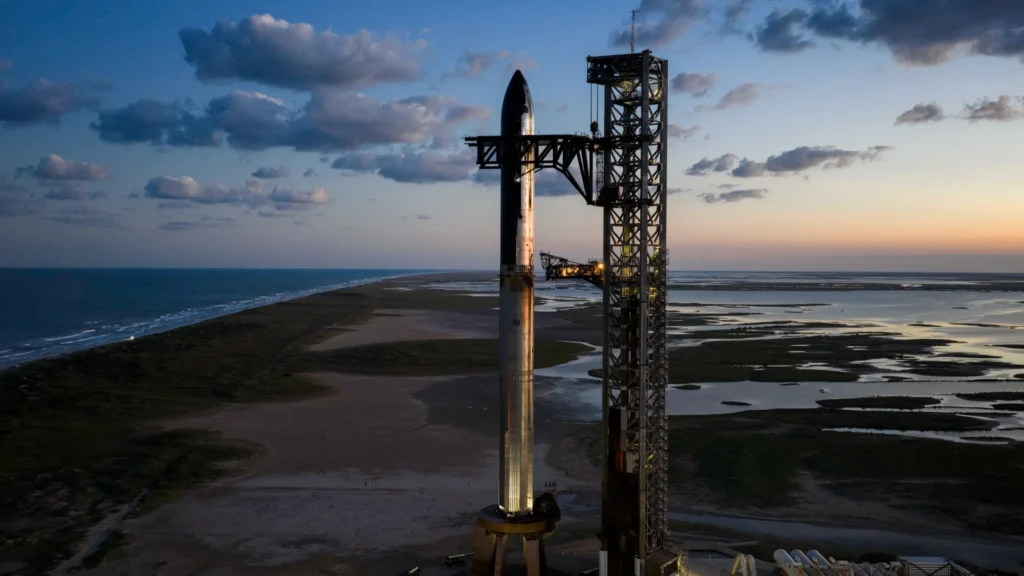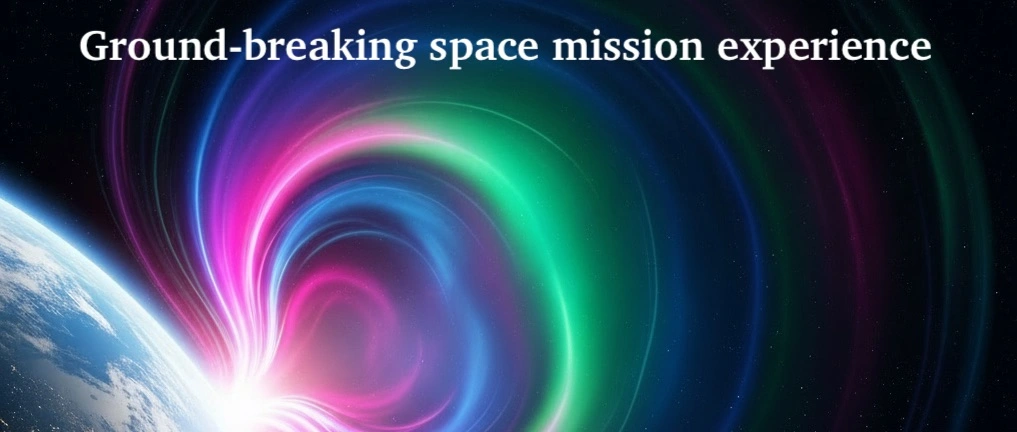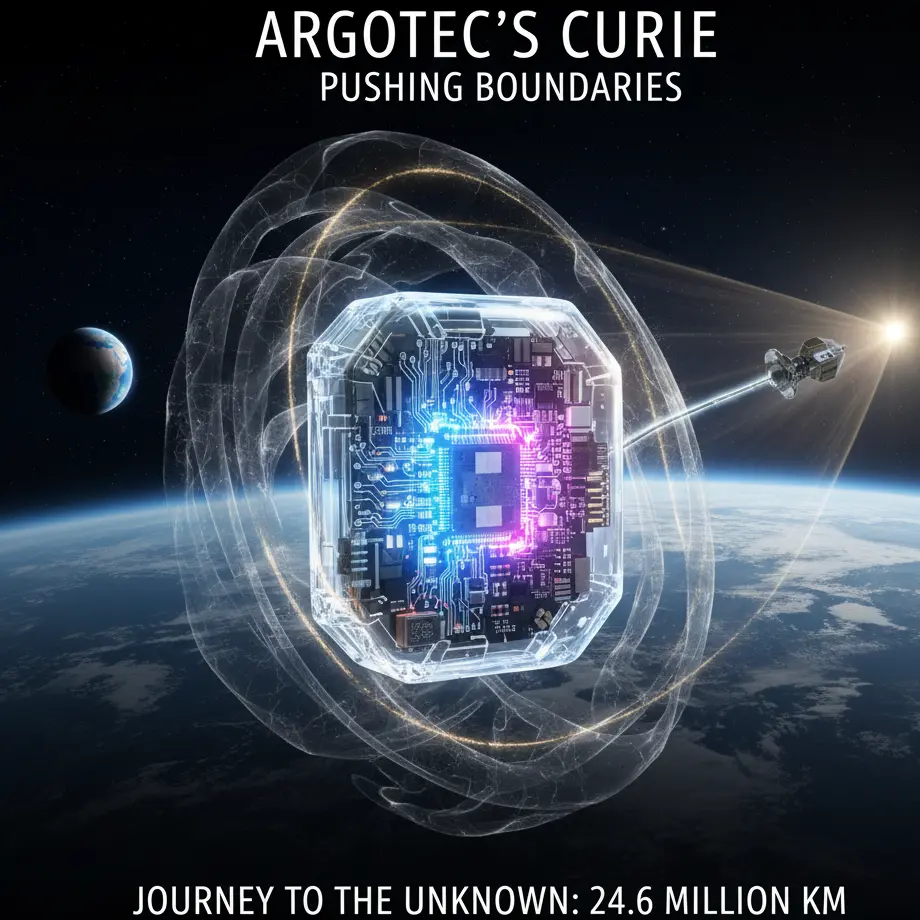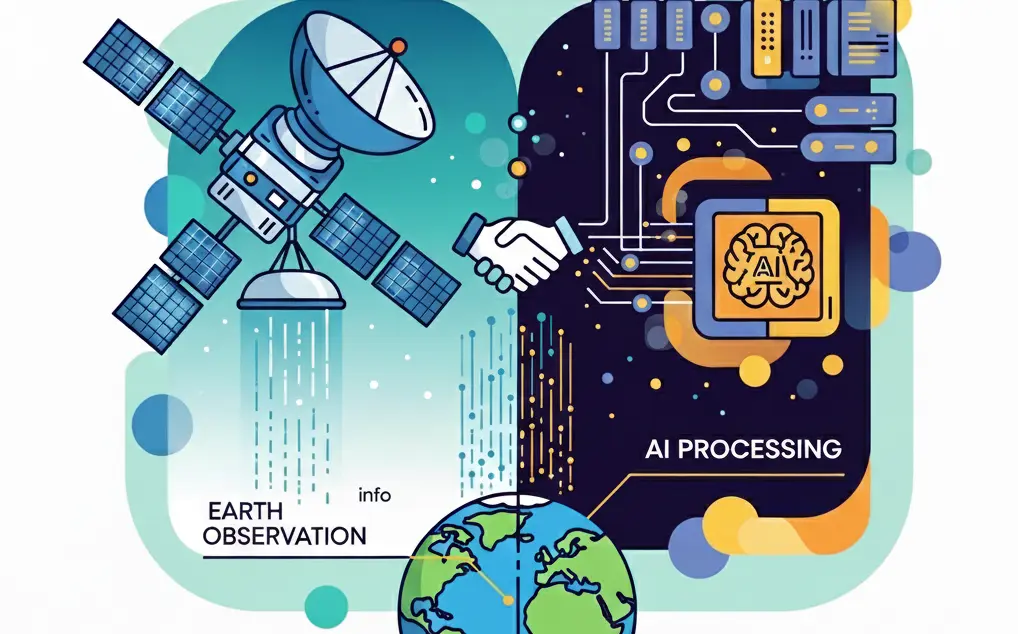NASA’s Perseverance rover recently detected what it calls a “potential biosignature.”
How do you, as someone with decades of mission-operations experience, interpret such findings? What would you look for before calling something a real biosignature?
The question of what to define biosignature is a very complex one and, not being myself a biochemist, I am not qualified to judge it. Important is however how to interpret this type of public announcements. You used the right words in defining the recent discovery of scientists using the Perseverance data “a potential biosignature”. This means that the minerals identified in this case could be generated by biological processes (and therefore indicate the presence in the past of microbial life) but also by normal chemical processes. It is the same issue of the search for methane in Mars’ atmosphere, as this gas can be generated by biological but also geological processes. In the case of the recent discovery I think the importance aspect is that it has been identified in a location which was considered promising for the search of life. And also, perhaps most importantly, that Perseverance has collected samples in the same area, which, if ever returned to Earth, could be analysed more thoroughly in the labs on our planet. It is for this reason that NASA activated its powerful public relation machine, hitting the press across the world. Given the (technical and financial) difficulties the Mars Sample Return mission is suffering, their hope is that news like this could bring back the attention to this important mission and perhaps contribute to saving it.
ESA has its own legacy on Mars — from Mars Express to the ExoMars/ Rosalind Franklin rover.
How does Europe see its role in complementing or challenging NASA’s leadership in Martian exploration?
If you exclude Mars Express – that apart from a NASA co-funded instrument plus ground station and navigation support (support that NASA has in the meantime withdrawn already years ago) is an entirely European project – all ESA programmes related to Mars today are heavily dependent on cooperation with the US. ExoMars TGO is carrying a US radio for the communications with the surface, and NASA is using the ESA spacecraft as the most important data relay for the communications with their rovers Curiosity and Perseverance. The second ExoMars mission, that aims to finally land the Rosalind Franklin rover on Mars by the beginning of the next decade, after ESA has blocked all cooperation with Russia is now heavily relying on essential NASA contributions. Finally, the Mars Sample Return mission, in which ESA plays a very important role by providing the Earth Return Orbiter to bring back the samples from Mars orbit to Earth, is a joint NASA-ESA programme.
It is clear that ESA, with its limited budget for space science and exploration, cannot afford to have its own Mars programme and even less to compete with NASA. We are bound to international cooperation, which is not a bad thing per se, on the contrary. Perhaps what we should learn from the past is not to put all eggs in one basket, the NASA one, and maintain and expand cooperation with all other spacefaring countries.
ESA recently paused and restructured parts of its ExoMars program after Russia’s withdrawal.
What lessons from your time at ESOC and Rosetta might help Europe maintain operational independence in future planetary missions?
I am not sure that maintaining operational independence is a priority in the field of space exploration. Objectives are getting more and more ambitious, missions more and more complex and expensive. It is more efficient to join forces with other Countries, putting together programmes where each partner contributes according to its best expertise. The problem remains how not to lock oneself with one single partner, keeping a broad spectrum of cooperations. ESA has always been very good at that, and this allowed us to react rapidly to sudden dropouts of partners. ExoMars is a very good example: started as a cooperation ESA-NASA, in 2012 NASA suddenly and unilaterally withdrew, leaving ESA in deep troubles. But we reacted quickly and established a new cooperation with Russia. Then in 2022 it was our turn to withdraw unilaterally from this cooperation, which forced us back into a new cooperation with NASA. Given the current instability in the USA and the uncertainties about the path NASA intends to follow, not only ExoMars is in danger, but also other cooperations like the one on Envision. We should therefore be ready to react to a potential new problem with the USA by strengthening our partnerships with India, China, Japan and exploring alternatives with them.
Starship Flight 11: A Triumphant Sendoff for Block 2
Embracing the Cosmos: World Space Week 2025 & SpaceInfo Club’s Mission
Leicester Scientists Bring Space Exploration to London as Cutting-Edge Telescope Joins SMILE Mission
A Cosmic Accident Solves Jupiter & Saturn’s Silicon Mystery
DWARF 3 vs DWARF 2 Smart Telescope: Is the Upgrade Worth It?
Argotec’s CURIE: The Electric Heart Driving Small Satellites to the Edge of the Unknown
Argotec and UniBap Forge Strategic Partnership to Power Next-Generation Satellite Missions
How do you think European public opinion and political support affect ESA’s ability to take bold steps — for example, leading its own sample-return mission one day?
The difficulty with the European public opinion (partially reflected in the European politicians and their views), is that ESA has to merge the views of 23 Member states. Public opinion in each Member state is often quite specific, and the political directions can be extremely different. This makes it for ESA extremely difficult – and sometimes inefficient – to create a unique direction to follow in space. But the Agency has over 50 years experience in this game, and it has done very well until now. Yes, in this half century there has never been such a difficult political situation in Europe as the one we live today.
But if there is an organization that can cope with it in a proper way in Europe it is ESA.
As far as “taking bold steps” is concerned, however, I am not sure Europe’s public opinion today is ready to support ESA in the field of space exploration. Unfortunately today the public opinion is steered in different directions, in particular towards weapons and war. It is not the right moment to dream about big science and exploration projects, I am afraid. All ESA can and should do, is not give up and keep the flame of science, cooperation and peace burning in the background, continue implementing interesting projects even at low pace. Until better times come back.
How do you see the ExoMars mission and similar ones in the next future?
I consider the ExoMars rover as an important step from the scientific point of view. Its drilling capabilities up to 2 m under the surface would allow to reach layers of Martian ground that are not sterilized by the harsh surface conditions. Also technically it would show that Europe can successfully land on another planet. However I am very concerned and not extremely optimistic about its immediate future, given the difficulties and instabilities in NASA, which is unfortunately still an essential partner for the realization of the mission.
Only when NASA will be out of the current chaotic situation we will be in a position to judge about the future of Exomars and of the other cooperation programmes on Mars.
Given ESA’s expertise in planetary operations (Mars Express, Trace Gas Orbiter),
how can Europe ensure that its data and instruments contribute meaningfully to interpreting NASA’s results rather than just supplying support infrastructure?
Mars scientists on both sides of the Atlantic are already working together with the data produced by both NASA and ESA missions. Mars Express 3-d cartography has been used – together with the high resolution pictures taken by NASA’s MRO, of course – to identify the most promising investigation areas where to direct the NASA rovers.
TGO atmospheric measurements are used in conjunction with the pictures taken by the orbiters and the analysed made in situ be the rovers. This is just to mention some examples. Behind each mission, there is an international Mars scientific community that works together, and combine the information collected by all missions.
You led operations for Rosetta — one of the most complex robotic missions ever flown.
What parallels do you see between Rosetta’s comet-landing challenges and the difficulties of landing, caching, and launching samples from Mars?
The two types of mission are difficult to compare. They have common challenges, of course, like the one of flying at large distances form the Earth and the Sun, the long duration of the journey. Then they have specificities. A Mars landing mission has the unique phase of Entry Descent and Landing, which is one of the most difficult operations to be conducted by an interplanetary mission. In particular for this short phase everything has to be pre-programmed on board, and no interaction with the ground is possible. In the case of Rosetta when we arrived at the comet we could study it, select a landing site, and even the landing phase had more relaxed timing (apart from one or two very tight and time critical steps),
and could also be called off until the last minute, with the possibility to repeat it a couple of weeks later. On the other hand, whilst a mission to Mars goes to an object that is well known and characterized, the big challenge of Rosetta we that we flew to a totally unknown object, and we had to study it and characterize it while we were trying to keep in a stable orbit around it. No space exploration mission before us had ever attempted to land on a celestial body which hadn’t been visited by a precursor. And a comet is a very variable, dynamic body, with tiny gravity and many disturbance forces that make navigation extremely difficult. Flying around a comet is very different form normal spaceflight, and we had to learn how to do it while we were doing it. This was certainly the top challenge of Rosetta, that no other mission in history has had to face.
Looking ahead, how do you envision Europe’s strategic role in Mars exploration by 2040?
Should ESA aim to lead a human-precursor mission, double down on sample-return operations, or focus on niche scientific capabilities?
As already partially mentioned above, I think ESA should develop some “in house” capabilities, like landing and roving, plus specialize on others, like deep-drilling. For the rest I am convinced that international cooperation will remain essential for Mars exploration in the future, especially for Europe, where the budget available in this field will remain limited. Therefore ESA should establish cooperation programmes on Mars activities at 360 degrees, in order to make its programme less sensitive to single partners’ dropouts or changes in the geopolitical situation.
Concerning science, there is a lot we still have to learn about Mars. And search for traces of past life should not be the only direction. Reconstructing its geological history is for me of equal priority. Imagine that one day we finally understand what happened with its magnetic field, with its atmosphere, with the liquid water on the surface. This would be of high importance also for the impact on how we see the evolution of our planet. So I would definitely see interest in geophysical missions, like networks of seismic sensors, investigations on the inner core of the planet, and many others that I am too ignorant to suggest but I am sure could be designed and built.
As far as human exploration of Mars I have never been a big fan of it. I am convinced that we are still very, very far from being able to send human beings to Mars and ensure that they come back safely and healthy. And for Mars science the advantage of having human beings on Mars is not obvious to me. On the contrary, I can see enormous, unsurmountable problems if one wants to search for Martian life with human beings going around and contaminating the “crime scene”. Concerning a “human-precursor” mission, as you call it, I am not sure what I would do to call it such, and certainly would not be, in my opinion, a high priority for Europe.






